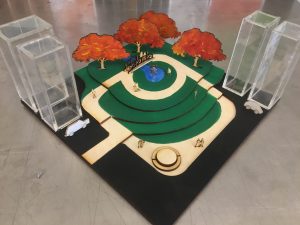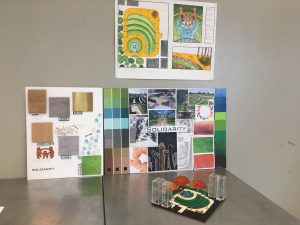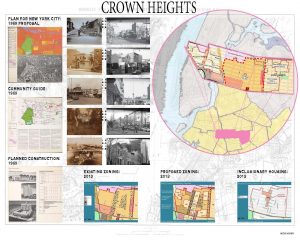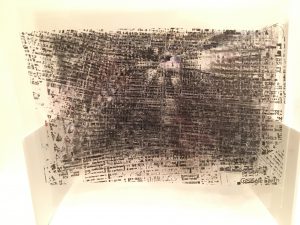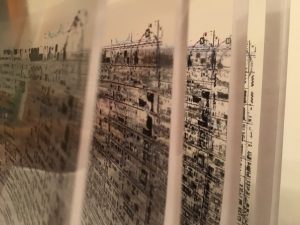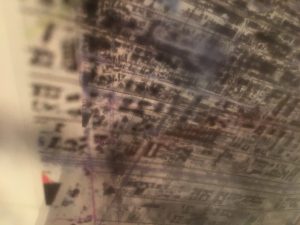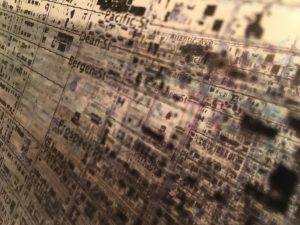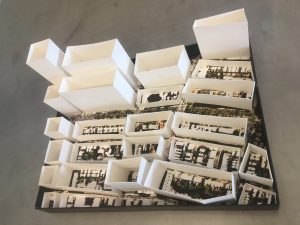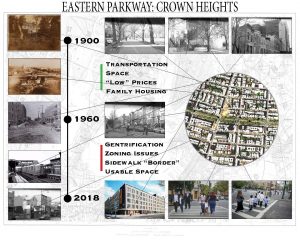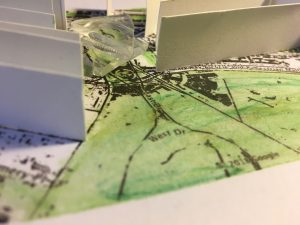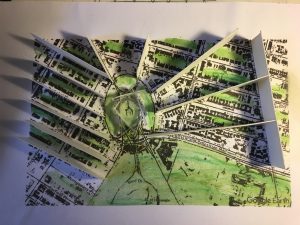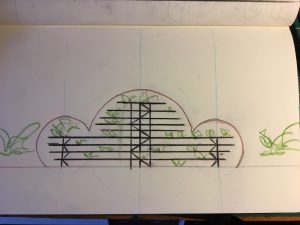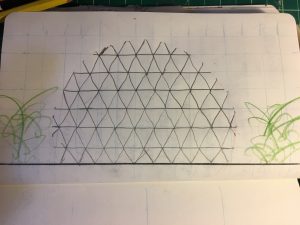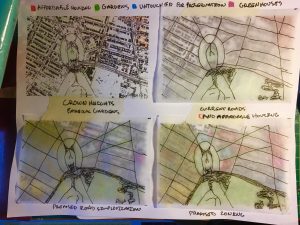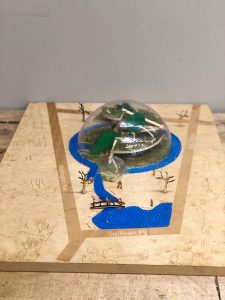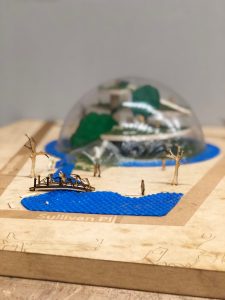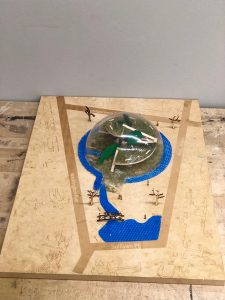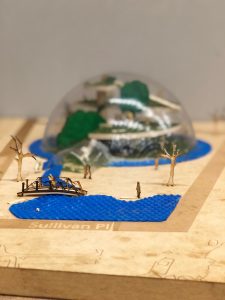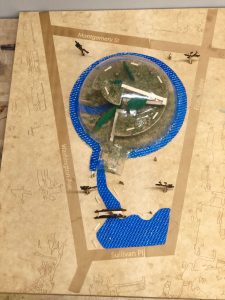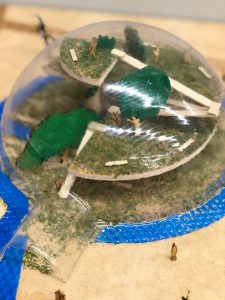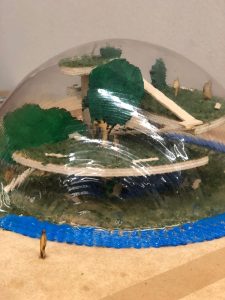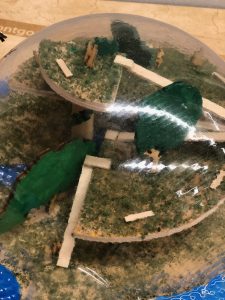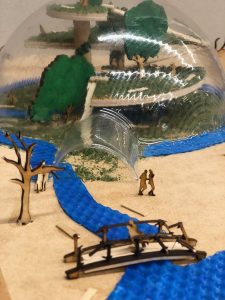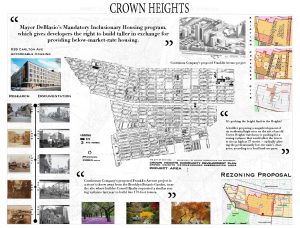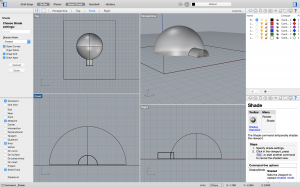Throughout the semester I feel like I have drastically improved my research skills, and how to hone in on a specific paradox in a given area.
Some of the most influential readings:
Urbach, Henry “Exhibition as Atmosphere”
Kimmelman, Michael “In Protest, the Power of Place”
Rios, Michael “Whose Public Space”
Elliott, Denielle, and Dara Culhane “A Different Kind of Ethnography”
McPhee, John “Frame of Reference”
The readings provided throughout the semester clayed out the groundwork for what we would be analyzing in our own practices and research, and helped as a point of reference in forming opinions to find solutions. Reading about theory within place, public space, and ethnography provided examples of studies and designs that provide empathy through design. Frames of Reference was also a very helpful reading, explaining how to portray thoughts and questions in a direct way that does not allow for further confusion.
Influential Video
My Brooklyn. Directed by Kelly Anderson
Hall, Peter “The Art of Mapping.” Ted Talk
Mapping played a huge role in the semesters work, and studying different forms of practice and techniques allowed me to take a step back from all the research and information I was acquiring to organize and prioritize my design plan. My Brooklyn gave a good insight into rapid gentrification in Brooklyn, and was a direct link to my study of zoning and developments as stakeholders in urbanization. The fall of Fulton St directly affected Crown Heights and the spread of gentrification though the neighborhood, and had a correlation in how my project developed.
Takaways
With larger scale research projects it is important to have all the information you can, but not be lost in the material. I plan to take a lot away from seminar, the use of mapping, annotated bibliography, and small techniques of searching, interviewing, and documenting an area. The last reading on checklists for research papers was also very helpful, and I wrote down a neat list to take into considerations on future papers.
Studio BRIDGE V Post
BRIDGE I:
BRIDGE I was a great project to start off the semester. Working in small groups we were able to get to know some of our new classmates, and was lucky enough to have a very strong group who I feel all worked very well together to create a presentation with aesthetic and content consistency. We did not ever meet because of a busy first week, but managed to stay in contact throughout the whole process and ended up not hindering our final result.
BRIDGE II:
BRIDGE II was a kickstarter project to lead the way of the rest of the semesters work and research, and provided an active learning experience in research of an area. It was fun to dive into a neighborhood of the city and begin to acquire an in-depth understanding of certain forces that play a part in the city we live in. Visiting Crown Heights ended up being an amazing choice for an area of study, and made instant connections with people from the area and systems playing a role in the community.
BRIDGE III:
BRIDGE III was a point in my research of Crown Heights where I was deep into the history and urbanization of the neighborhood, as well as trying to go through all of my own physical research and documentation I had taken during visits. Through cross examining my history research with my own documentation, I began to focus on zoning and the built environment, but was bogged down by too much information to reach a conclusion on what it was I was looking at.
BRIDGE IV:
BRIDGE IV wrapped up the semesters research into an intervention, and through discoveries of recent opposition in February that shut down a development plan in Crown Heights, I had found a site and direct plan of intervention. My goal in making my model was to create a very clean model that got my idea across, and exist in a realistic location of my site. Using the laser lab, CNC shop, and vacuum press my models materials juxtapose to simply read information that I carefully chose represent. Ex: geographical location, greenhouse, water collection, the public, seasons.
SUCCESSES:
- I believe that my searches, and not being content with most sources lead me to very factual articles and zoning proposals that answered very specific questions and helped my research form factual and in-depth presentations.
- Because of my modelmaking last year it was nice to have a grasp on the making and focus on using new techniques with the labs the school offers to create very clean models using lazer printing, vacuum forming, CNC cutting, and even some base welding.
FAILURES:
- I wish that I had kept up my learning portfolio on time, and be able to have everything documented the night before class.
- I was able to get to Crown Heights a lot, and did a lot of walking and documentation, but wish I had gotten more involved in the community if I had more time. I missed my town meeting, and had more conversations rather than intensive interviews. This helped my research more but did not provide a variety of answers to an exact same question.
